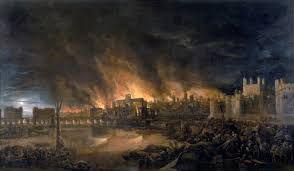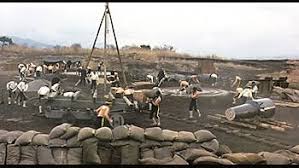The Great Fire of London: A Historical Insight

Introduction
The Great Fire of London, which occurred in September 1666, remains one of the most significant events in British history. This catastrophic inferno devastated a large portion of London, marking a turning point in urban policy and city planning. Understanding the causes and outcomes of the Great Fire sheds light on how it shaped the modern metropolis.
The Causes of the Fire
The fire began on the night of September 2, 1666, in a bakery on Pudding Lane. A spark ignited the wooden structure, where highly flammable materials and the dry conditions of the preceding summer exacerbated the fire’s spread. With London primarily composed of timber buildings at the time, the flames rapidly consumed blocks, crossing the Thames and taking hold of entire neighbourhoods.
The Impact on London
The blaze raged for four days, destroying approximately 13,200 houses, 87 parish churches, and significant landmarks including St. Paul’s Cathedral. Estimates suggest that as many as 70,000 out of the city’s 80,000 inhabitants were left homeless. The immediate aftermath of the fire exposed the vulnerability and inadequate infrastructure of the city. The need for fire safety regulations and better urban planning became evident.
Rebuilding the City
In the wake of the disaster, King Charles II and architect Sir Christopher Wren spearheaded a massive reconstruction effort. The new city design incorporated wider streets, brick buildings, and firebreaks to prevent future disasters. By 1671, Wren had devised a new plan for St. Paul’s Cathedral, a symbol of resilience and recovery that still dominates London’s skyline today.
Conclusion
The Great Fire of London not only transformed the physical landscape of the city but also had lasting implications on urban policy and safety regulations, influencing fire codes and building practices for centuries to come. As London continues to evolve into a global metropolis, the lessons learned from the Great Fire remind residents and policymakers alike of the importance of preparedness and resilience in facing unforeseen disasters. The event remains a poignant reminder of the city’s capacity for recovery and adaptation.









